














Community Reforestation Program (CRP)
1998

Forest Resource Improvement Program (FRIP)
2007

Mountain Pine Beetle Program (MPBP)
2013

Mountain Pine Beetle Forest Rehabilitation Program (MPBFRP)
2003

FRIAA FireSmart Program
2000

Caribou Habitat Recovery Program (CHRP)
1999

Enhanced Reforestation of Legacy Disturbance Program EnRLD)
2005

Wildfire Reclamation Program (WRP)
2005


Community Reforestation Program (CRP)
The CRP supports the sustainability of forest resources by reforesting cutblocks harvested by smaller timber operators. While every timber operator in Alberta must meet strict reforestation requirements after harvest, small timber operators don’t necessarily have the right skill sets or resources to do their own reforestation.
These family-owned businesses pay a levy to FRIAA, which coordinates with qualified service providers across the province to deliver the full range of reforestation activities.
The CRP provides these independent companies with assurances that reforestation is done properly so that they can focus on other aspects of their business.

Forest Resource Improvement Program (FRIP)
As our cornerstone program, FRIP carries out FRIAA’s mandate to sustain and enhance Alberta’s forests. In Alberta, the forestry industry must follow a strict set of regulations regarding timber and timber harvesting established by the government. FRIP projects include activities that are over-and-above these mandated requirements of forest tenure holders.
These cover a broad range of activities, including:
- direct improvements to forest resources (e.g. planting or tending trees, improving habitat for wildlife);
- applied research projects that contribute to better understanding of forest resources and better management of them;
- improved inventory of non-timber forest resources;
- forest protection initiatives, and public awareness and education activities.

Mountain Pine Beetle Program (MPBP)
The MPBP was established in 2007 to control the infestation spreading throughout Alberta. The purpose of the program is to protect Alberta’s forest resource by supporting Alberta Forest and Park’s efforts to control, suppress and eradicate mountain pine beetles.
Some examples of eligible activities include:
- aerial and ground surveys;
- single tree control;
- log yard management;
- protection of seed orchards and progeny test sites;
- long distance dispersal monitoring, and regional planning initiatives.

Mountain Pine Beetle Forest Rehabilitation Program (MPBFRP)
In 2013, the MPBFRP was introduced to address the large-scale damage to forests from mountain pine beetle infestations. As this is a relatively new phenomenon in Alberta, rehabilitating these forests poses unique challenges. The MPBFRP provides funding for the rehabilitation of pine-dominated forests that have been negatively impacted by the mountain pine beetle and are not expected to recover on their own in a reasonable time period. Project activities can include planting, seeding, stand tending and applied research.

FRIAA FireSmart Program
Wildland/urban interfaces—places where buildings and forested areas meet—result in communities that are at increased risk of wildfire.
The FRIAA FireSmart Program helps communities and residents manage and reduce the threat of wildfire. FRIAA FireSmart Program projects can include activities related to any of the seven disciplines that make up FireSmart:
- planning;
- vegetation/fuel management;
- public education;
- inter-agency cooperation;
- legislation and planning;
- development and emergency planning.

Caribou Habitat Recovery Program (CHRP)
Woodland caribou populations in the province have been declining, and recovery of both habitat and caribou populations is required. While this is both technically and biologically feasible, it will include the use of conservation areas, restoration of human disturbance, mandatory Integrated Land Management, and other actions.
The main objective of the CHRP is to support Alberta Environment and Protected Areas’ efforts to improve caribou habitat in a manner that encourages healthy and self-sustaining caribou populations.

Enhanced Reforestation of Legacy Disturbances Program (EnRLD)
While Alberta’s boreal forest areas are commonly impacted by wildfire, natural regeneration of these forests can be marked by a significant delay. The EnRLD program is designed to reforest sites on Alberta public land that have been disturbed by wildfire and may be slow to regenerate naturally.
Furthermore, the program creates reforestation jobs in rural areas, encouraging thriving communities.

Wildfire Reclamation Program (WRP)
Reforestation is not a quick process. The WRP supports companies throughout the duration of reforestation activities, which is typically 14 years. Eligible activities include site assessments, site preparation, planting, seeding, administrative costs and others. The WRP strives to overcome the costly and negative impacts of wildfire, helping to re-establish forest cover damaged or destroyed by wildfire.
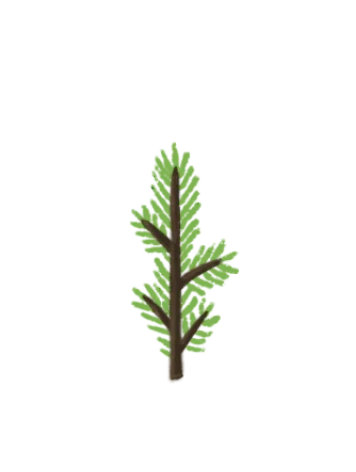
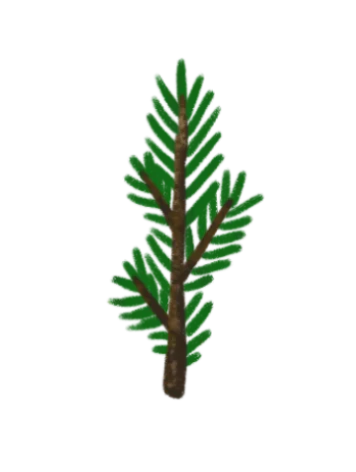
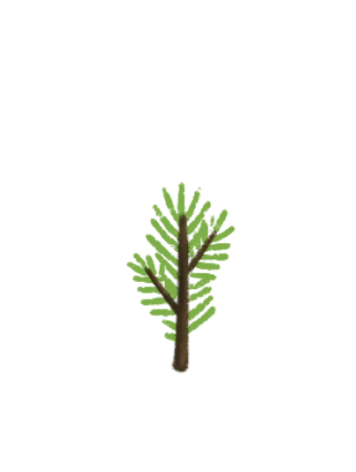
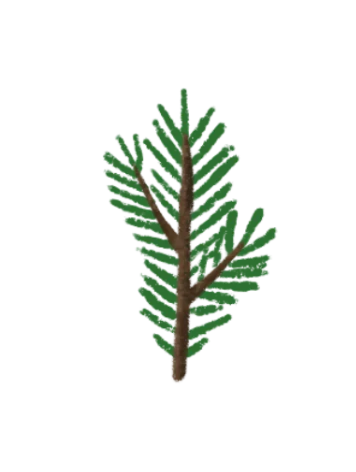
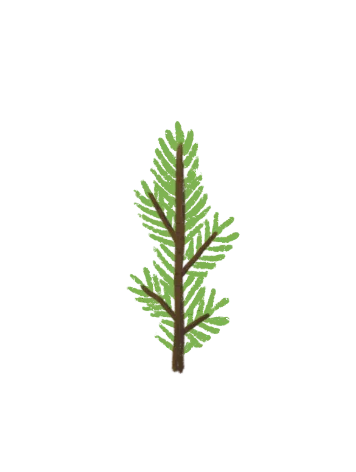
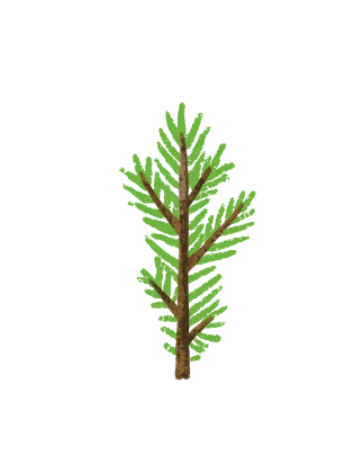
0%
Best experienced with sound



